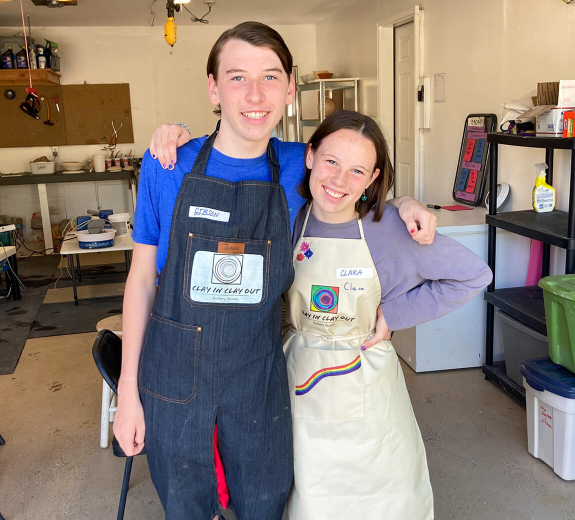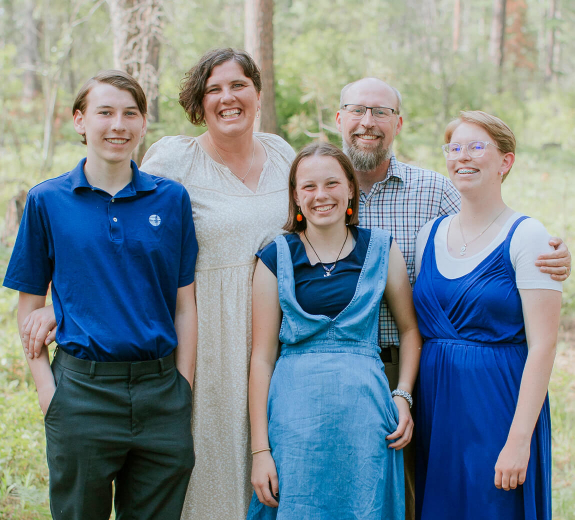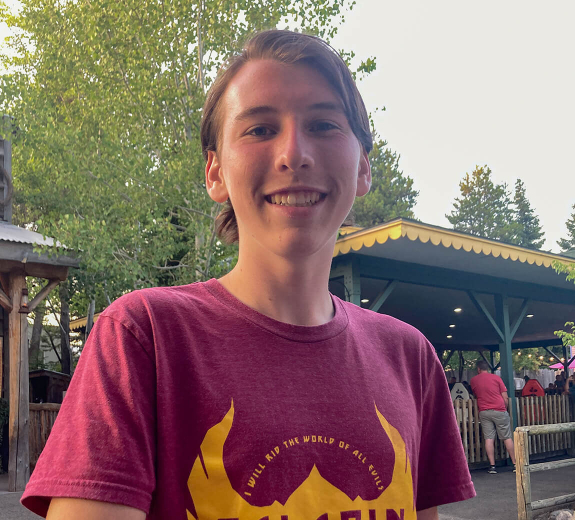“I think I’m less stressed about it than my parents,” Clara says. “I try not to overthink it and to just accept that it’s going to happen one day and that’s okay.”
Their doctor shared that this meant both kids could participate in research at BRI. Eager to contribute to findings that could help make life better for people with T1D, both siblings eventually joined clinical trials.
“I thought we would just be another number in the study, but it’s not like that at all,” Audra says. “The research team is so knowledgeable and supportive. They’ve provided so much education about T1D, both from their medical expertise and, for many of them, lived experience.”
Gibson participated in the DREAMT study, examining a medicine called abatacept, which has proven to preserve insulin secretion for some but not all people recently diagnosed with T1D. The goal was to identify markers to better understand who would and would not respond to this medicine.
Clara is part of the STOP-T1D trial, examining whether an immunotherapy medicine can delay or prevent T1D in people on track to develop it. Her participation involved receiving medication through an IV for several hours, during which time she watched Sherlock and The Great Pottery Throwdown and might have done a little homework at some point. She teases her brother for getting FOMO (fear of missing out) when she goes to BRI without him — and they both know that everyone who participates in clinical research makes an important difference.
“Those first few months with Gibson were overwhelming and such a dramatic life change. With Clara, we feel more prepared knowing what’s ahead,” says Chris. “We hope these research studies improve the health outcomes for our kids. But even if they don’t, we’ve gained so much from the knowledge and support of the research team. We’re so grateful for their deep commitment to improving people’s lives.”





